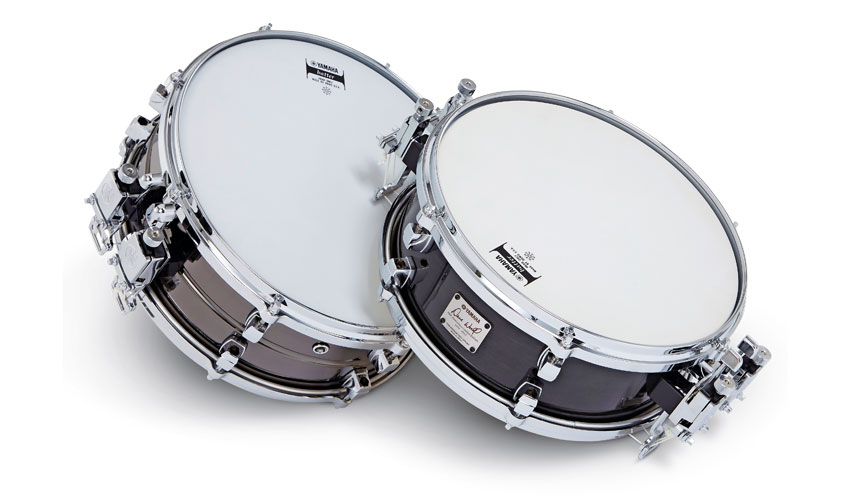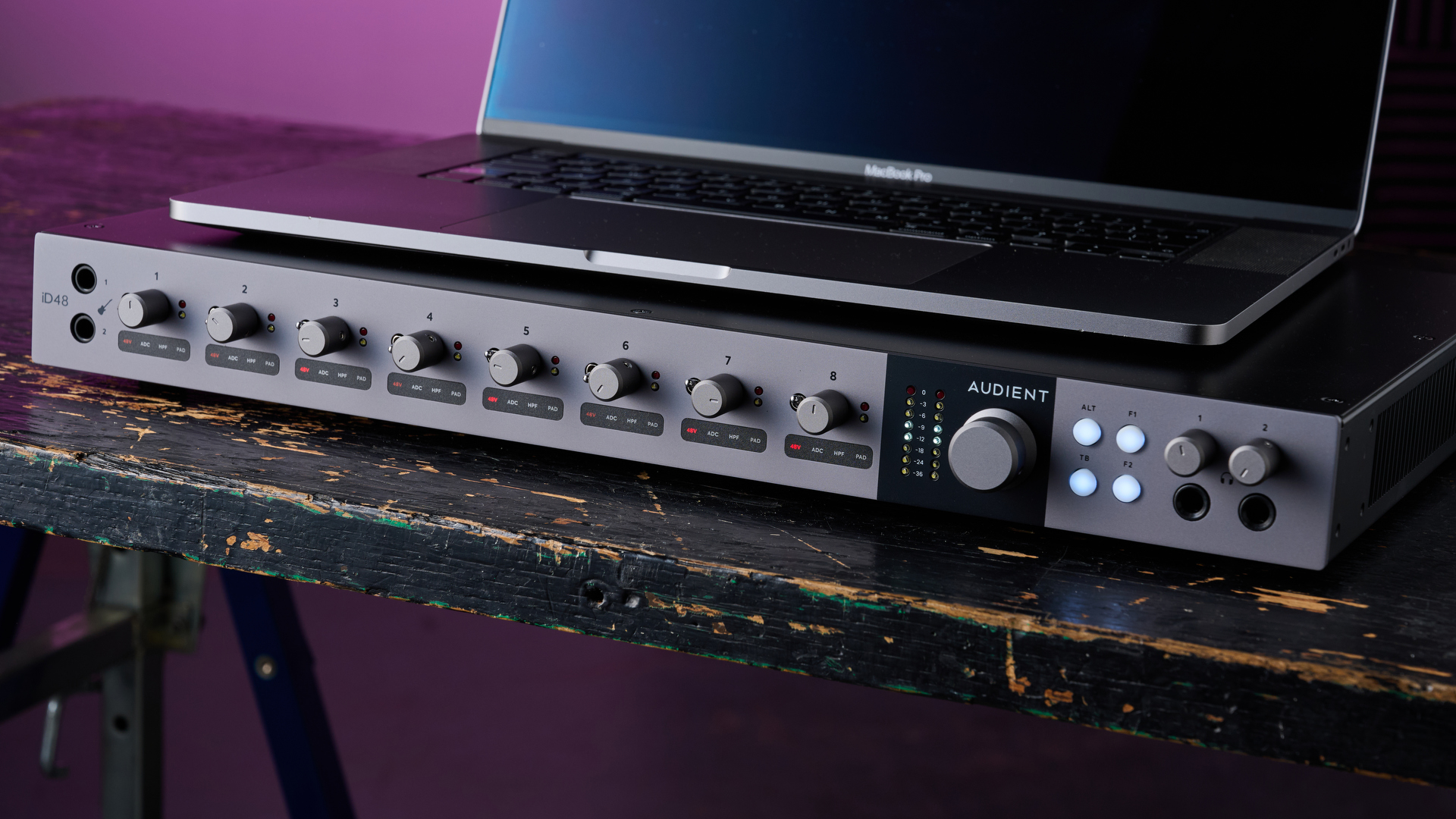MusicRadar Verdict
A first-class instrument, as befits one of the world's top players.
Pros
- +
Excellent build quality. Dual snares offer extra sonic options.
Cons
- -
Expensive.
MusicRadar's got your back
Last year was the 30th anniversary of Dave Weckl's association with Yamaha drums. From his early days with Chick Corea's Elektric Band to his present status as one of the world's most respected players he's always got a superb drum sound.
His first Yamaha signature drums, in the early '90s, were aluminium and maple. His new limited edition model comes in brass and maple. Here we're looking at the latter.
Yamaha's UK Product Manager, Gavin Thomas, says, "Only 250 snares have been produced, with 10 for the UK market." They are probably destined to be expensive collectors' items.
Build
"The 45° bearing edges are perfectly cut and silkily finished"
Dave's drum has a 13"x5" maple shell, 6-plies and 6mm thick, finished on the outside in a black stain and clear lacquer through which you can make out the grain. The 45° bearing edges are perfectly cut and silkily finished, with proper 2.5mm-deep snare beds in the bottom.
There's a special commemorative badge stating 'Yamaha Dave Weckl Signature 30th Anniversary, Limited Edition, Hand Made in Japan' and we also have thickly chromed aluminium 3mm die-cast hoops with 12 chromed cube lugs.
What really sets this drum apart is the dual snares - a 14-strand stainless steel snare and a parallel 14-strand hi-carbon steel snare. The mounting of the twin, mirror-image P-Type strainers and G-Type adjustable butt-ends adds considerably to the weight. But the throw-offs are smooth, solid and positive, with additional adjustment at the butt-ends.
Hands On
One snare drum is not enough for many drummers - we are now so used to hearing multiple snare sounds on recordings. Kits with a main snare and a second snare are familiar live, and if both have dual snare wires then the sonic possibilities multiply greatly.
Dave Weckl himself says he always found that a single set of snares failed to offer sufficient flexibility or range, being invariably too tight or too loose. Hence his dual snares, which he sets with the hi-carbon wires tight for precision and the stainless steel wires looser for the buzz. Which is the way we set them for this review.
"If minimally damped, this drum also has a rich woody tone and could easily figure as your main snare"
We wondered at first if the fact that the paired snares are inevitably mounted slightly off-centre would diminish the response, but no - engaging either snare individually, the drum responds normally and fully.
The maple snare with its 13" piccolo diameter provides a snappy, poppy sound (particularly noticeable when mounted next to the brass signature model) and, if minimally damped, this drum also has a rich woody tone and could easily figure as your main snare.
Engaging both snare wires simultaneously did not unduly stifle the drum, although of course it tightens the response and elevates the pitch. We liked this effect. You almost get the best of both worlds where you can actually hear each snare working, one giving a tight edge, the other widening the response to a crunchier sound.
“It has the ingenious ability to give you easy routing to external hardware with no re-patching”: Audient iD48 review
“If this was real, it would be really impressive. But since it’s not real, it’s really impressive": Watch the bonkers four-note piano
Watch UK electronic artist Lawrence Hart build a track from scratch in his hardware-stuffed studio










